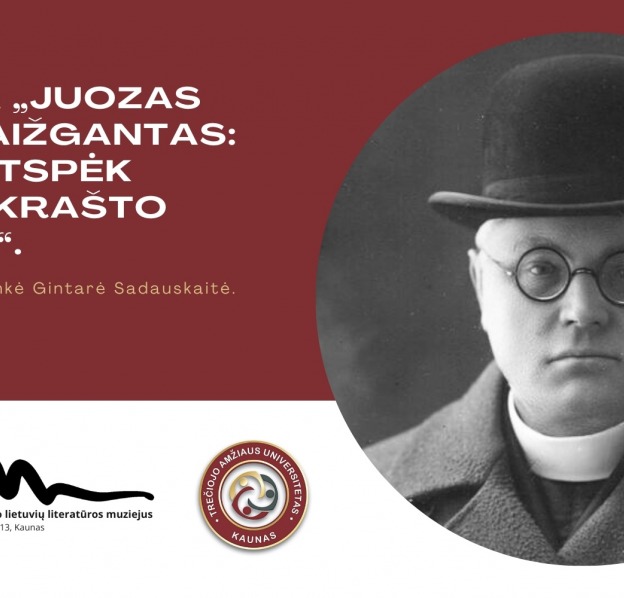Sirutis Palace
- Home
- Castles and Manors
- Sirutis Palace
The late baroque (rococo) mansion was built in 1742 by Kaunas city court foreman Simonas Sirutis, when he joined three gothic stone houses, which were damaged by fire that devastated Kaunas city. The gothic 15th and 16th centuries’ vaults are one of the oldest in the whole city, besides they remained in perfect condition. The building used to be two-storey with driveway in the centre, curb roof and luxurious interior. The walls in the second floor rooms S. Sirutis covered in silk textiles, draperies, the mansion was furnished with luxurious furniture, pieces of art, mirrors and clocks. There still remained gothic and rococo niches, baroque closets and spruce historicistic stoves.
In 1779 the mansion was bought by the court foreman count of Starodub Juozapas Chrapovickis. He reconstructed the mansion: he built four column classicism portico with a balcony, that replaced the former arch of the driveway, he also made some changes in the façade.
After the war in 1812 the mansion was turned into a hospital and there was established court–martial, During the suppression of the rebellion of the 1863rd years, the vaults were turned into prison and one of the rebellion leaders Antanas Mackevicius was condemned to death. After the rebellion, the mansion was withdrawn from the counts’ disposal. In 1903 the mansion became the establishment of the headquarters of Kaunas fortress, and then it became the Russian barracks – in front of the mansion marched soldiers – the mansion became stables and was left derelict.
Now it is a rear baroque house of a wealthy citizen, which is titled by the status of supreme cultural monument.
In 1909, after Maironis had returned from Petersburg to Kaunas, he purchased the mansion, repaired it in a year, slightly changed the decoration of the pediment and inscribed 1910. J. Maironis in it. He settled in eight rooms of the second floor and the remained part of the mansion reserved for the Lithuanian cultural organizations. In this part of the mansion there was established the first Lithuanian library-athenaeum in Kaunas, Catholic Women Association, Craft School, the edit of the magazine Garnys, publishing office Sakalas. Marcele Maciulyte lived in that mansion together with her brother poet; they together provided education for their sister’s Kotryna Lipciene children.
Maironis Lithuanian Literature Museum (then it was named Maironis Museum) was founded on the 28th June, 1936 on the fourth anniversary of poet’s death.















